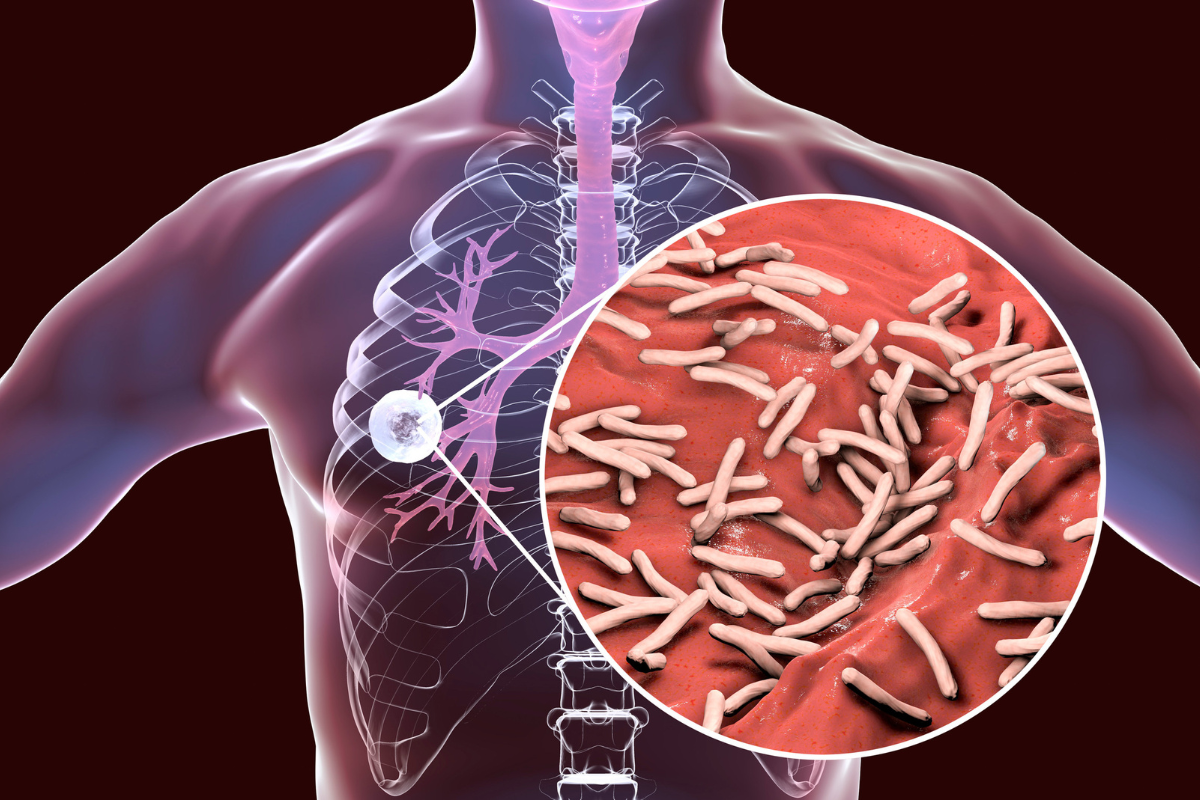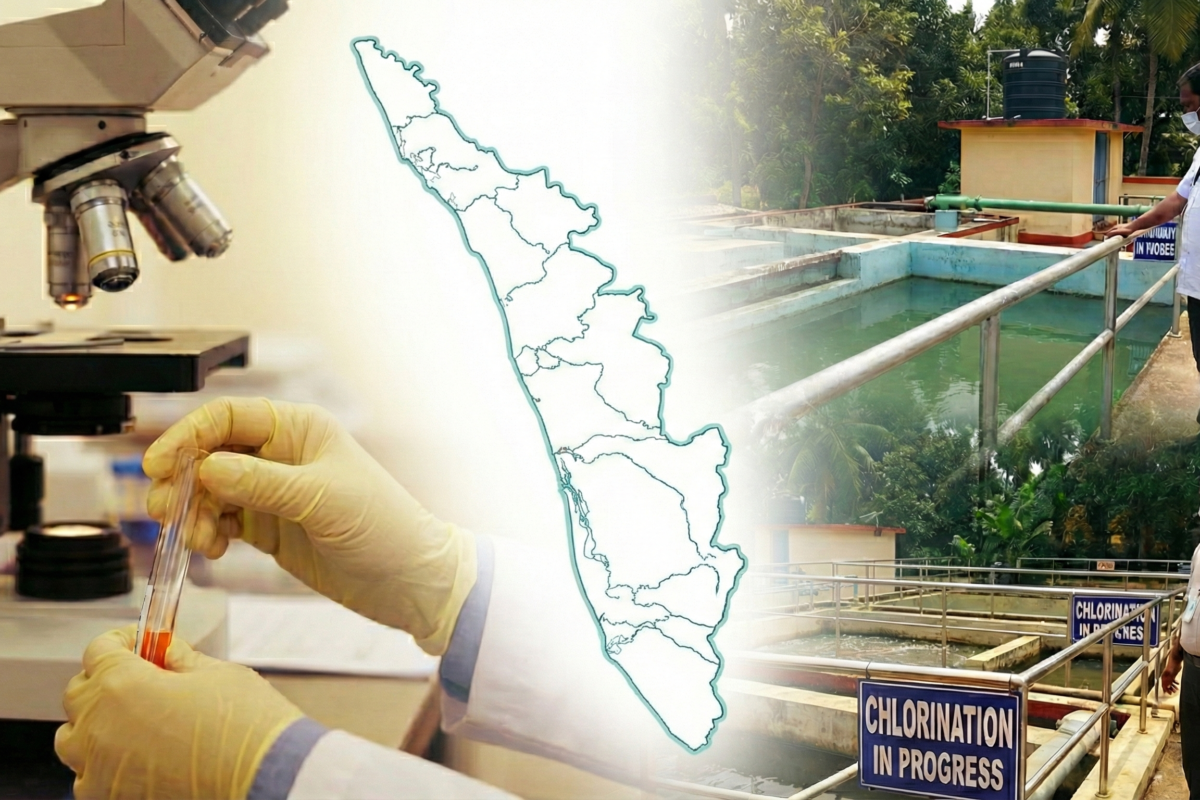Climate change is aggravating problems such as habitat loss and temperature changes. This, in turn, has led to many animals disappearing or becoming endangered. Now, research from McGill University has been able to conclude that some fish, such as the three-spined stickleback, could adapt very quickly to extreme seasonal changes caused by climate change. These findings could help scientists predict the evolutionary future of numerous species.
In this regard, Antonio Lazcano Araujo, professor emeritus of the Faculty of Sciences of the National Autonomous University of Mexico (UNAM), explained in an interview for UNAM Global that various species of our planet will be able to adapt to any change.
The specialist recalled that in the past there have been cases of species that survive in adverse conditions, difficult to survive, but that have still adapted to continue their type.
Stickleback fish are known for their different shapes, sizes, and behaviours. In fact, they can live in both seawater and freshwater at different temperatures. But why is this species so resistant?
Uncovering the genetic basis for adaptations to climate change can be challenging. “Darwin’s modern version of evolution by natural selection finds that organisms with genes that favor survival and reproduction tend to leave more offspring, causing the genes to increase over generations. As a result, populations adapt better to their environments over time,” says the lead author of the research, Alan García Elfring.
natural selection in real time
To identify the genetic basis for these permanent adaptations and mutations, the scientists sequenced the stickleback genome and followed six populations along the California coast, before and after seasonal changes in their environment. This enabled the team to study natural selection in real-time.
Every year these estuaries are visited by a large influx of these marine fish that harbour different genetic variations depending on the populations. However, during the dry summer months, estuaries are periodically closed off from the ocean by the formation of sandbars. Even so, certain genotypes have been observed to increase in estuaries.
“Our results suggest that the stickleback adapts to the changing conditions of these mouths,” says García-Elfring. In reality, only fish that can tolerate the rapid changes in salinity and water temperature from season to season, with wet winters and dry summers, will be able to survive.
“These changes probably resemble the habitat changes that stickleback populations experienced when they colonized many newly created freshwater lakes from the ocean after glacial retreat 10,000 years ago,” says Rowan Barrett, co-author of the paper and researcher at McGill University.
To study natural selection, the researchers tracked six populations of stickleback fish before and after seasonal changes in their environment, using genome sequencing. Seasonal changes cause drastic changes in habitats and imbalances in salt water. Therefore, only fish that are able to quickly tolerate these changes survive until the next season.
However, the researchers discovered genetic modifications (in the fish) that had been brought about by seasonal changes in the various habitats. Furthermore, as García Elfring states, these genetic changes occurred in independent populations during a single season, highlighting how quickly the effects of natural selection can be detected.
This finding is very important because it suggests that genetic differences can be used to predict how different species may adapt to environmental factors such as climate change.
Now, the researchers are focused on discovering the frequency of the observed genetic changes, as they want to see if they appear year after year.
In this case, the genetic changes observed in the fish have been driven by current seasonal changes but were already reflected in differences found long ago between marine and freshwater populations. “These genetic changes occurred in independent populations in a single season, which shows how quickly the effects of natural selection can be detected,” confirms Alan García-Elfring.
For these scientists, the findings are important because they suggest that the evolutionary future of species and how they will adapt to environmental stressors, such as climate change, could be reliably predicted by understanding the historical genetic differences that have already evolved in the past. last.
To do this, the team stresses the importance of studying species in dynamic environments, such as estuaries, to better understand how natural selection works, and thus check whether the observed genetic changes appear year after year.
The United Nations Organization (UN), aims to reduce global greenhouse gas emissions and limit global temperature rise this century to 2 degrees Celsius while seeking ways to limit the rise even more, to 1.5 degrees.
“The Agreement includes the commitments of all countries to reduce their emissions and collaborate to adapt to the effects of climate change, as well as calls for States to strengthen their commitments over time. To this end, the Agreement establishes two review processes, each of them in a five-year cycle.
According to EFE, Germany aspires to climate neutrality by 2045, while the whole of the European Union, the US, South Korea and Japan want to achieve it by 2050, and China wants to reach this milestone by 2060. However, most countries, however, have not set a date.
Here are 10 species that may already be adapting to climate change—for better or worse:
- Table Corals
- Thyme
- Pink Salmon
- Tawny Owls
- Pitcher Plant Mosquitoes
- Banded Snails
- Sockeye Salmon
- Red Squirrels
- Fruit Flies
Support us to keep independent environmental journalism alive in India.
Keep Reading
Part 1: Cloudburst in Ganderbal’s Padabal village & unfulfilled promises
India braces for intense 2024 monsoon amid recent deadly weather trends
Follow Ground Report on X, Instagram and Facebook for environmental and underreported stories from the margins. Give us feedback on our email id greport2018@gmail.com.
Don’t forget to Subscribe to our weekly newsletter, Join our community on WhatsApp, and Follow our YouTube Channel for video stories.









